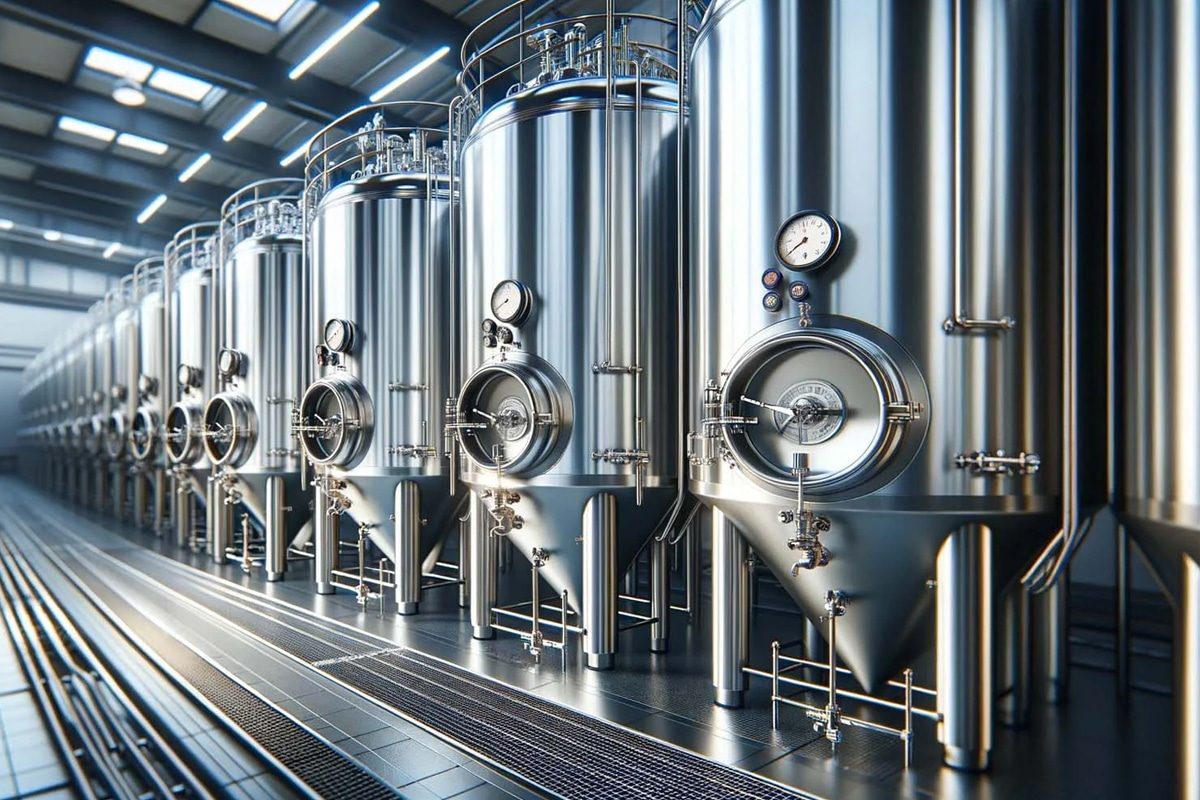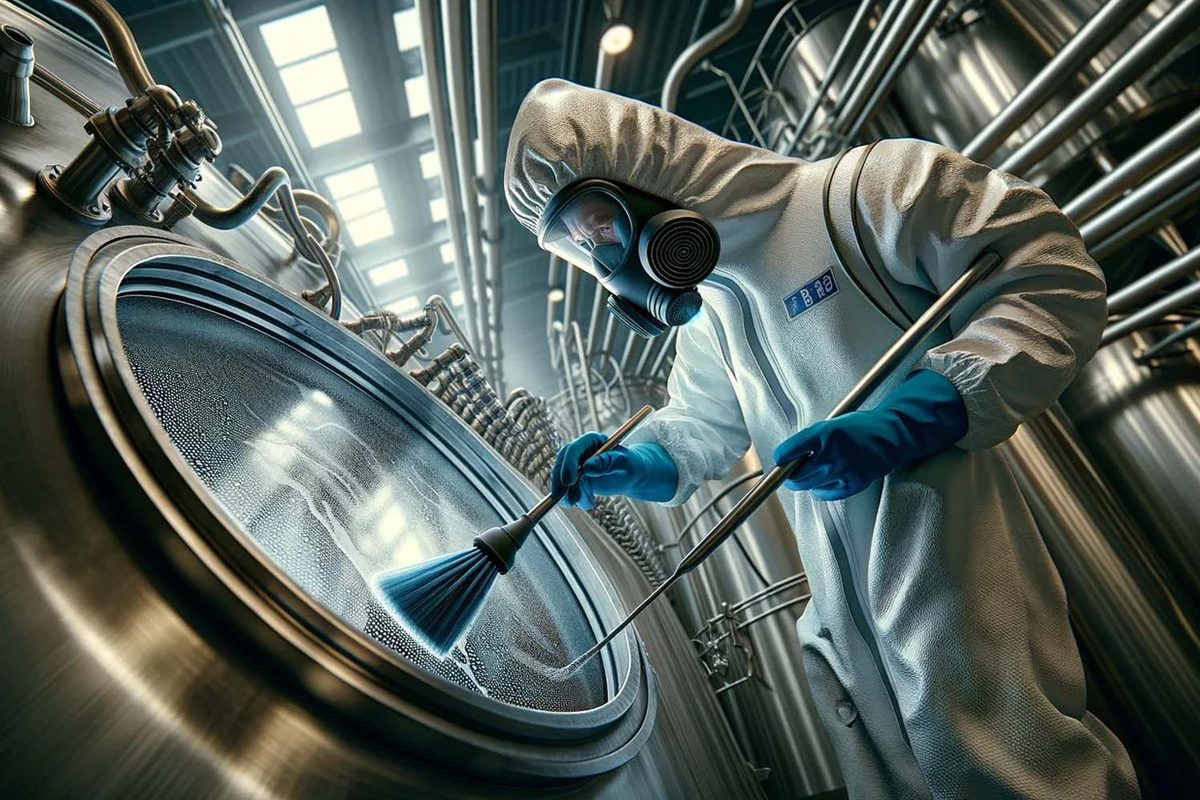
Importance of Hygiene in Brewing
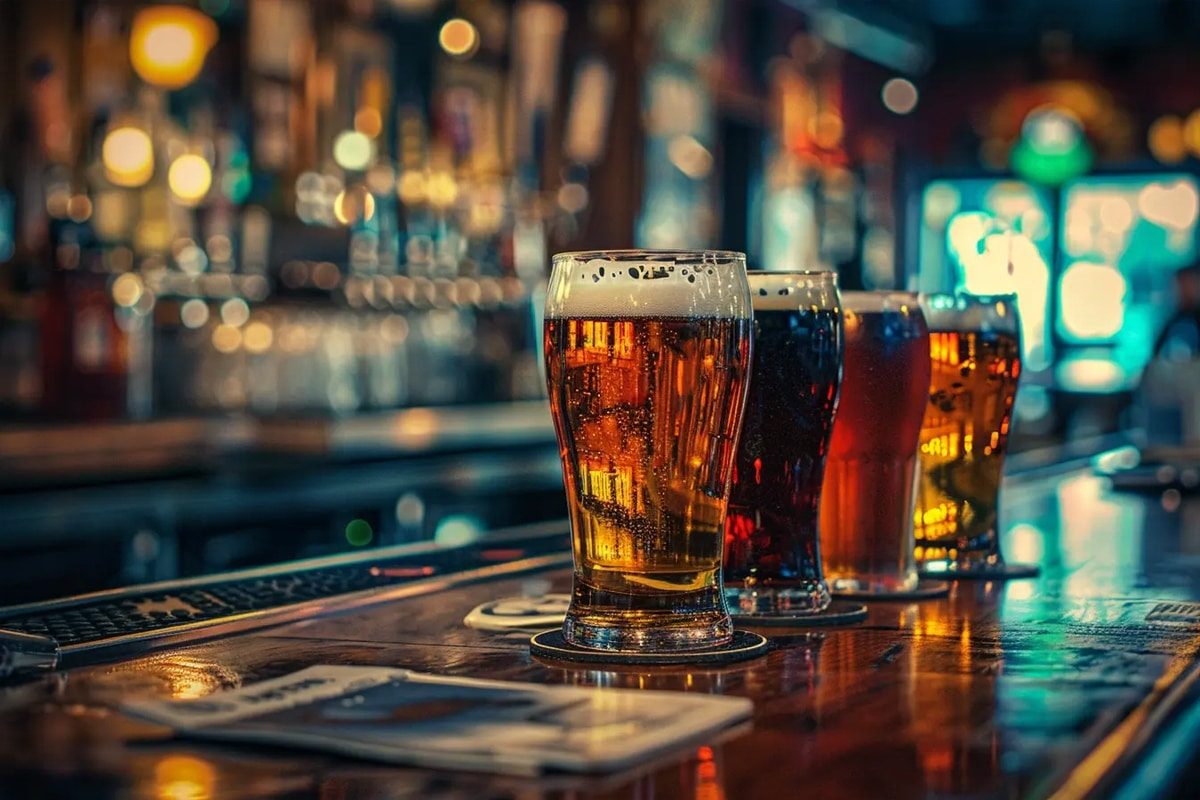
Understanding the Brewing Process
Malting
Mashing
Lautering
Boiling
Fermentation
Conditioning
Packaging
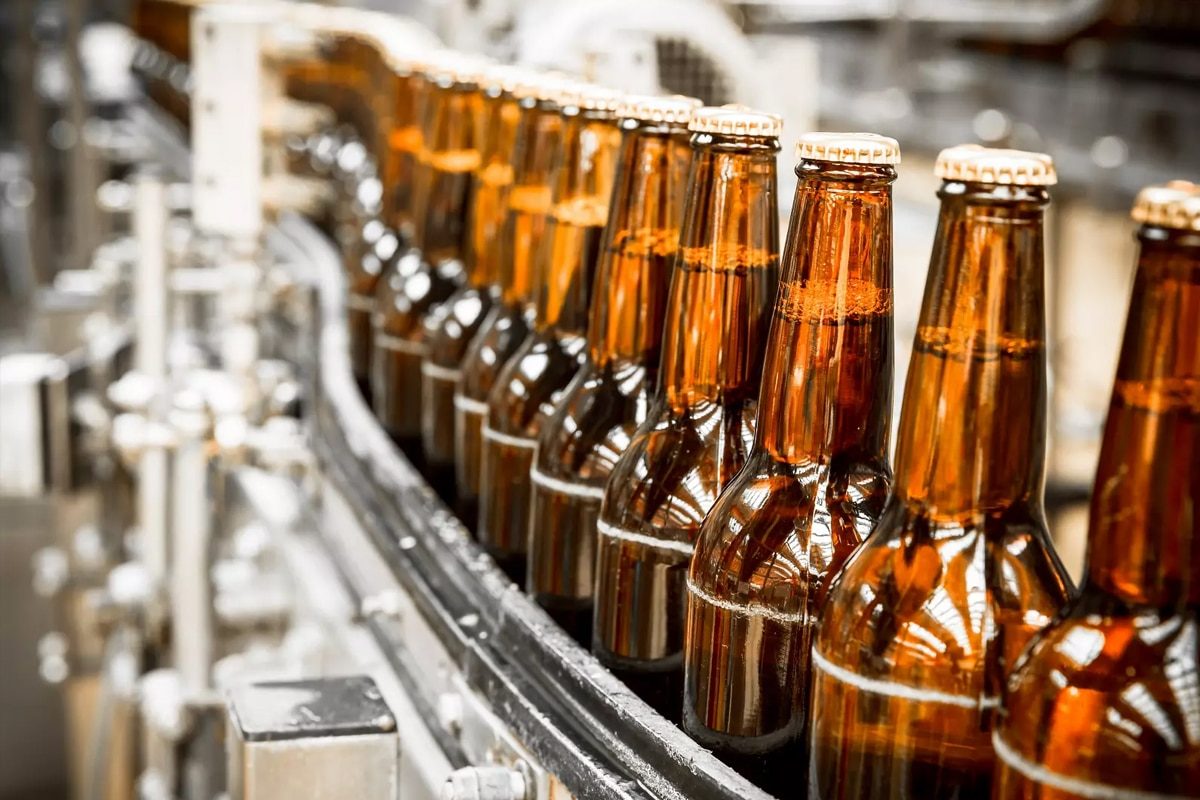
The Role of Hygiene in Brewing
Preventing Contamination
Contamination is one of the biggest threats to brewing. Microorganisms such as bacteria, wild yeast, and mold can enter the brewing process at any stage, potentially spoiling the beer and making it unsafe to drink. Here’s how hygiene helps prevent contamination:
- Sterilization of Equipment: Regular cleaning and sanitization of all brewery equipment(from fermentation tanks to hoses) eliminate potential contaminants. Sterilization ensures that the brewery equipment remains free of harmful microorganisms that can spoil the beer.
- Controlled Environment: Maintaining a clean brewery environment is crucial. This includes air quality control to reduce airborne contaminants and proper waste disposal to prevent microbial growth.
- Personal Hygiene: Brewery staff must follow strict personal hygiene protocols, including regular handwashing and the use of protective clothing. This minimizes the risk of introducing contaminants from human contact.
- Ingredient Handling: Proper storage and handling of raw materials, such as malt and hops, prevent them from becoming vectors for contamination. Regular inspection and quality checks of ingredients are necessary to ensure they remain uncontaminated.
Ensuring Consistency
Consistency is a hallmark of quality brewing. Customers expect each batch of beer to taste the same as the previous one, and hygiene is key to achieving this consistency:
- Standardized Cleaning Procedures: Implementing standardized cleaning and sanitization procedures ensures that every batch is brewed in a consistent environment. This reduces variability in the brewing process.
- Controlled Variables: By maintaining a clean and sterile environment, brewers can better control other variables in the brewing process, such as temperature and fermentation times, leading to consistent results.
- Quality Control Checks: Regular microbiological testing of the brewing environment and equipment helps detect any deviations from the norm. Prompt identification and correction of issues ensure consistency in the final product.
Enhancing Flavor and Aroma
The flavor and aroma of beer are significantly influenced by the cleanliness of the brewing process. Unwanted microorganisms can produce off-flavors and aromas that detract from the beer’s intended profile. Here’s how hygiene enhances these sensory attributes:
- Pure Fermentation: By preventing contamination, brewers ensure that only the desired yeast strains are active during fermentation. This leads to a purer fermentation process, allowing the intended flavors and aromas to develop without interference.
- Ingredient Integrity: Clean handling and storage of ingredients preserve their natural flavors and aromas. Contaminated ingredients can introduce undesirable flavors that ruin the beer.
- Preservation of Hops and Malts: Proper sanitation ensures that the delicate flavors and aromas of hops and malts are not compromised. This is particularly important for beers with complex flavor profiles, such as IPAs and stouts.
Compliance with Regulations
Breweries must adhere to strict regulations to ensure their products are safe for consumption. Hygiene is a critical component of regulatory compliance:
- Food Safety Standards: Many countries have stringent food safety standards that breweries must meet. Maintaining high hygiene standards helps breweries comply with these regulations, avoiding legal issues and potential fines.
- Regular Inspections: Regulatory bodies conduct regular inspections of brewing facilities. A clean and well-maintained brewery is more likely to pass these inspections, ensuring uninterrupted production and distribution.
- Traceability and Documentation: Proper hygiene practices include meticulous record-keeping of cleaning and sanitization processes. These documents can improve brewing traceability and demonstrate compliance with regulatory requirements.
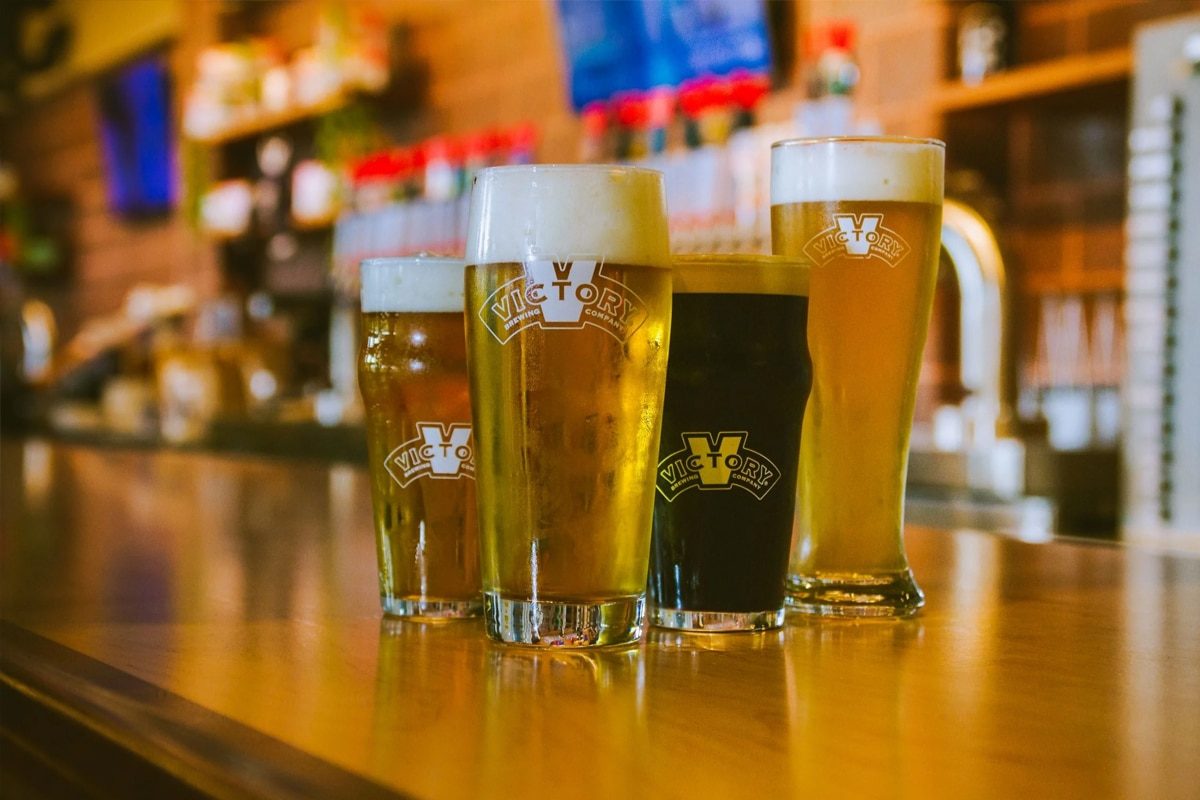
Consequences of Poor Hygiene
Contamination
Contamination is one of the most immediate and visible consequences of poor hygiene in brewing. It can occur at any stage of the brewing process and can significantly degrade the quality of the beer:
- Microbial Contaminants: Bacteria, wild yeast, and molds can infiltrate the brewing environment, leading to spoilage. These microorganisms can produce off-flavors, unpleasant aromas, and haze, making the beer unpalatable.
- Chemical Contaminants: Residual cleaning agents or other chemicals can also contaminate the beer, leading to undesirable flavors and potential health risks.
- Cross-Contamination: Poor hygiene practices can lead to cross-contamination between batches, spreading contaminants from one batch to another and exacerbating the problem.
Inconsistent Quality
Consistency is key to building and maintaining a loyal customer base. Poor hygiene can lead to significant inconsistencies in the quality of the beer produced:
- Flavor Variability: Contamination can cause unpredictable variations in flavor from batch to batch, resulting in a product that does not meet consumer expectations.
- Appearance and Aroma: Inconsistent hygiene practices can affect the beer’s appearance and aroma, leading to a product that lacks the visual and olfactory appeal expected by consumers.
- Shelf Life: Contaminated beer often has a reduced shelf life due to the presence of spoilage organisms, leading to further inconsistencies in the product over time.
Health Hazards
One of the most critical consequences of poor hygiene in brewing is the potential health hazards it poses to consumers:
- Foodborne Illnesses: Pathogenic bacteria such as Escherichia coli (E. coli) and Salmonella can contaminate the beer, leading to foodborne illnesses that can be severe or even life-threatening.
- Toxic Compounds: Some contaminants can produce toxic compounds, such as mycotoxins from mold, which pose significant health risks.
- Allergic Reactions: Chemical residues from inadequate cleaning can cause allergic reactions in sensitive individuals, further endangering consumer health.
Economic Losses
Poor hygiene practices can result in substantial economic losses for a brewery, impacting its bottom line in multiple ways:
- Product Recalls: Contaminated beer often necessitates costly product recalls, which not only waste resources but also damage the brewery’s reputation.
- Wasted Ingredients: Spoiled batches due to contamination lead to the wastage of raw materials, including malt, hops, and yeast, increasing production costs.
- Decreased Sales: Inconsistent quality and health concerns can lead to a loss of consumer trust and loyalty, resulting in decreased sales and market share.
- Increased Production Costs: Addressing contamination issues often requires additional cleaning, reprocessing, and quality control measures, further increasing production costs.
Regulatory Issues
Breweries must comply with stringent food safety regulations, and poor hygiene practices can lead to serious regulatory consequences:
- Non-Compliance Penalties: Failure to meet regulatory standards can result in fines, legal actions, and even the closure of the brewery.
- Failed Inspections: Poor hygiene can lead to failed inspections by regulatory bodies, causing production delays and additional costs to rectify the issues identified.
- Loss of Licenses: Severe or repeated violations of hygiene regulations can lead to the loss of brewing licenses, effectively halting production and jeopardizing the brewery’s future.

Critical Points of Hygiene in Brewing
Raw Materials
The quality and cleanliness of raw materials are fundamental to the brewing process. Ensuring that all ingredients are free from contaminants is the first step in producing a high-quality beer.
- Malt: The malted barley must be stored in a clean, dry environment to prevent mold and bacterial growth. Regular inspection and proper handling can help maintain its quality. Any signs of spoilage or infestation should be addressed immediately.
- Water: Water is a major component of beer, and its quality directly affects the final product. Breweries should use water that is free from contaminants and pathogens. Regular testing and treatment of water sources are necessary to ensure they meet brewing standards.
- Hops: Hops should be stored in a cool, dry place to preserve their freshness and prevent mold growth. Proper packaging and handling can help maintain their quality and prevent contamination.
- Yeast: Yeast cultures must be pure and free from contaminants. Breweries often maintain their yeast strains to ensure consistency. Proper storage and handling of yeast can help prevent the growth of unwanted microorganisms.
Brewing Equipment
Clean brewing equipment prevents contamination and ensures a consistent brewing process. All equipment that comes into contact with the beer must be regularly cleaned and sanitized.
- Milling Equipment: The equipment used to mill the malt must be kept clean to prevent the buildup of dust and debris, which can harbor microorganisms.
- Mash Tuns and Lauter Tuns: These vessels must be thoroughly cleaned and sanitized after each use to remove residual organic material that can support microbial growth. Any buildup of residue can lead to contamination in subsequent batches.
- Boiling Kettles: Boiling helps to sterilize the wort, but the kettles themselves must also be kept clean. Any remaining residue can lead to contamination, so regular cleaning and inspections are necessary.
- Heat Exchangers: These devices are used to cool the wort before fermentation. They must be regularly cleaned and sanitized to prevent the buildup of biofilms, which can harbor bacteria and other contaminants.
Fermentation and Storage
The fermentation and storage stages are particularly susceptible to contamination as these conditions are ideal for microbial growth. Strict hygiene practices need to be maintained during these stages.
- Fermentation Tanks: Fermentation tanks must be meticulously cleaned and sanitized before use. Any contaminants in the fermentation tank can outcompete the brewing yeast, leading to off-flavors and spoilage.
- Airlocks and Seals: Proper sealing and use of airlocks can prevent airborne contaminants from entering the fermentation tank. Regular inspections and maintenance of seals and airlocks help ensure their effectiveness.
- Storage Tanks: After fermentation, the beer is often stored in bright tanks for conditioning. These tanks must be kept clean and sanitized to prevent contamination during the aging process. Proper temperature control can inhibit microbial growth.
- Environmental Control: The fermentation and storage areas should be kept clean and free from dust and debris. Air quality control measures, such as filtration systems, can help reduce the risk of airborne contamination.
Packaging
The packaging stage is the final critical point where hygiene must be maintained to ensure the beer remains uncontaminated until it reaches the consumer.
- Bottling and Canning Lines: Packaging equipment must be regularly cleaned and sanitized to prevent contamination. Any buildup of organic material can harbor microorganisms, leading to spoilage.
- Containers: Bottles, cans, and kegs must be cleaned and sanitized before filling. Any contamination on the container surfaces can be transferred to the beer during packaging.
- Sealing and Capping: Proper seals and caps prevent contamination. Regular maintenance and inspection of sealing and capping equipment help ensure a tight, contamination-free seal.
- Storage and Handling: Packaged beer must be stored in a clean, controlled environment to prevent contamination. Proper handling procedures should be in place to ensure that the beer remains uncontaminated during distribution.
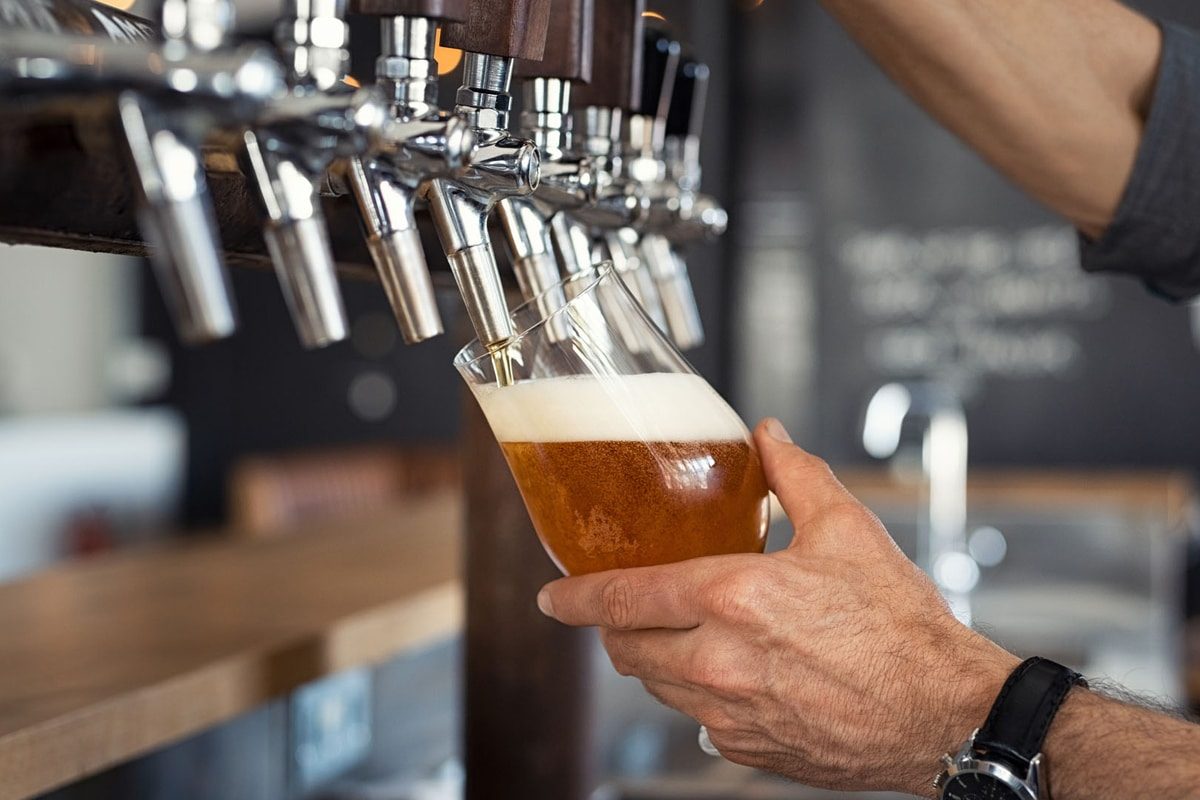
Best Practices for Maintaining Hygiene
Equipment Cleaning and Sanitization
- Routine Cleaning: All brewing equipment, including tanks, pipes, and valves, should be cleaned regularly to remove any organic material that could harbor microorganisms. Use appropriate cleaning agents like caustic soda and specialized brewery cleaners. Follow the manufacturer’s recommendations for concentration and contact time.
- Sanitization: After cleaning, equipment must be sanitized to kill any remaining microorganisms. Common sanitizers include iodophor, peracetic acid, and chlorine dioxide. Sanitization should occur just before equipment use to ensure effectiveness.
- Clean-in-Place (CIP) Systems: CIP systems automate the cleaning and sanitization process, ensuring thorough and consistent cleaning of tanks, pipes, and other equipment without disassembly. Regular maintenance and calibration of CIP systems are necessary to ensure they function correctly.
- Validation and Verification: Regularly validate and verify cleaning and sanitization processes to ensure they are effective. This can include swab tests, visual inspections, and microbiological testing.
Personal Hygiene
- Hand Washing: Employees should wash their hands regularly, especially before handling ingredients or equipment. Handwashing stations with soap and sanitizer should be readily available throughout the brewery.
- Protective Clothing: Staff should wear clean, protective clothing such as lab coats, gloves, and hairnets to prevent contamination from skin, hair, and clothing. Uniforms should be regularly laundered and stored in clean conditions.
- Health Monitoring: Employees should be monitored for health conditions that could lead to contamination. Anyone with symptoms of illness should avoid handling brewing materials or equipment. Policies should be in place to encourage sick employees to stay home.
Environmental Hygiene
- Clean Brewery Environment: The brewery should be kept clean and organized. Floors, walls, and ceilings should be regularly cleaned to prevent the buildup of contaminants. Spills should be cleaned immediately to avoid creating a breeding ground for microorganisms.
- Pest Control: Effective pest control measures should be in place to prevent rodents, insects, and other pests from contaminating the brewing environment. This includes sealing entry points, maintaining clean waste disposal areas, and using traps or other pest control methods.
- Air Quality Control: Air filtration systems can help reduce airborne contaminants. Positive air pressure in critical areas can prevent contaminants from entering these zones. Breweries should maintain and replace air filters regularly.
Ingredient Handling
- Ingredient Quality: Only high-quality, uncontaminated ingredients should be used. Ingredients should be inspected upon arrival and stored in clean, dry conditions. Regular quality checks are necessary to ensure ingredients remain free from contamination.
- Storage Conditions: Ingredients should be stored in appropriate conditions to prevent spoilage and contamination. For example, malt should be kept in a cool, dry place, and hops should be stored in a freezer or refrigerator.
- First In, First Out (FIFO): The FIFO method ensures that older ingredients are used before newer ones, reducing the risk of using spoiled or contaminated materials. Proper inventory management allows for the effective implementation of this system.
Water Quality
- Water Source: The water used in brewing should be of high quality and free from contaminants. Municipal water supplies are typically treated to ensure safety, but additional filtration or treatment may be necessary.
- Water Testing: Regular testing of water quality should be conducted to ensure it meets the necessary standards for brewing. This includes testing for microbial contamination, chemical residues, and mineral content.
- Water Treatment: If necessary, water can be treated to remove contaminants and adjust its mineral content to match the desired profile for brewing. Common treatments include filtration, chlorination, and dechlorination.
Training and Education
- Regular Training: All brewery staff should receive regular training on hygiene practices and the importance of maintaining a clean environment. This training should cover proper cleaning and sanitization procedures, personal hygiene, and handling of ingredients.
- Updates and Refreshers: Periodic refresher courses and updates on new hygiene practices or equipment should be provided. This ensures that all staff are up-to-date with the latest standards and techniques.
- Documentation: Training sessions should be documented, and staff should acknowledge their understanding of hygiene protocols. This documentation can be useful for regulatory compliance and internal audits.
Monitoring and Documentation
- Regular Inspections: Regular inspections of the brewery and equipment should be conducted to identify and address potential hygiene issues. This includes checking for signs of contamination, equipment wear, and pest infestations.
- Record Keeping: Detailed records should be kept of cleaning and sanitization procedures, inspections, and any corrective actions taken. This documentation is essential for traceability, regulatory compliance, and continuous improvement.
- Microbiological Testing: Regular microbiological testing of the brewing environment, equipment, and final product helps ensure that hygiene practices are effective. Any signs of contamination should be investigated and addressed immediately.
- Continuous Improvement: Hygiene practices should be regularly reviewed and updated based on new information, technological advancements, and feedback from staff and customers. Implementing a system for continuous improvement helps maintain high hygiene standards over time.

Summary
